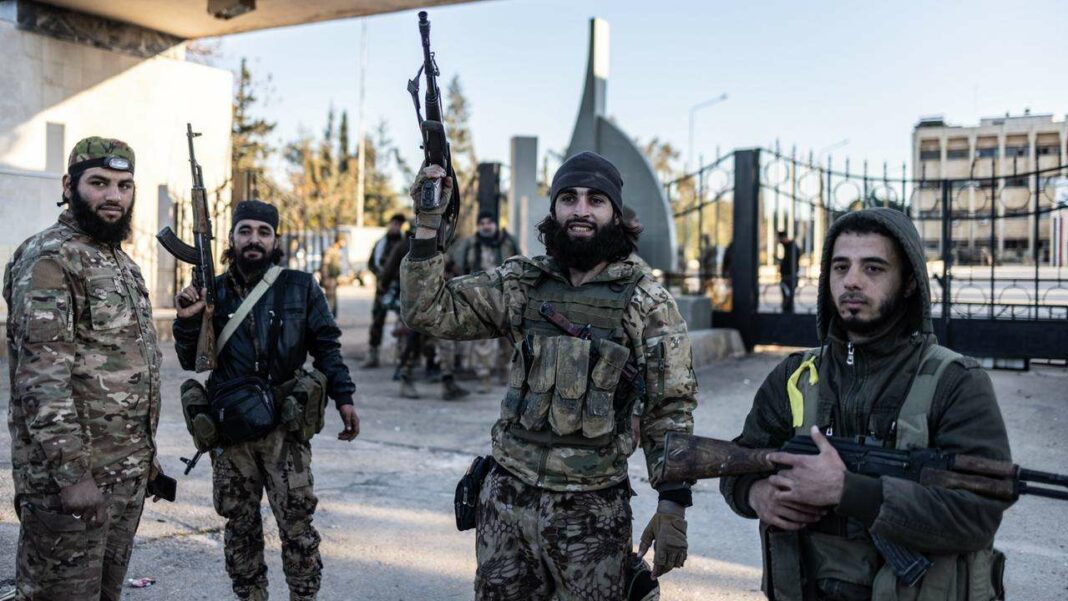Rebel forces have captured Aleppo from President Bashar al-Assad’s troops, marking a significant shift in the Syrian conflict. This offensive, led by the Islamist faction Hayat Tahrir al-Sham, has also resulted in the seizure of multiple towns in Idlib and Hama. The rapid advance of insurgents, supported by Turkey, signals a potential uprising against Assad’s regime. In response, the Syrian government is preparing a counter-offensive, with Russian air support targeting insurgent positions.
Insurgent Forces Take Control of Aleppo
In a stunning turn of events, rebel forces have successfully overtaken the troops of President Bashar al-Assad in Syria, capturing the city of Aleppo. This offensive is reportedly spearheaded by an Islamist faction, believed to have the backing of Turkey.
Rapid Advances and Strategic Gains
Celebrations erupted among the Syrian insurgents as they honked their horns to mark their entry into Aleppo, a city with a population exceeding one million. Within days, these militias have effectively gained complete control of the city, displacing government forces.
In addition to Aleppo, the insurgents have seized numerous towns across the Idlib and Hama regions. A commander proudly declared, “Our forces have liberated several crucial positions.” He also urged enemy soldiers to reconsider their allegiance to what he termed a “criminal gang” responsible for the bloodshed of many Syrians.
The Syrian jihadists are on the offensive, continuing their advance following an unexpectedly swift campaign. The target of their efforts remains the regime led by Bashar al-Assad, with the Islamist group Hayat Tahrir al-Sham (HTS) at the forefront. HTS has its roots in the Nusra Front, an offshoot of Al-Qaeda.
Despite this association, HTS leader Abu Mohammad al-Jolani distanced the group from global terrorism in 2017. Currently, HTS appears focused solely on fighting within Syria, though reports suggest the presence of foreign jihadists from nations like Saudi Arabia and the Caucasus.
HTS has been consolidating its power in Idlib province over recent years, often aligning with Turkey, which maintains control over parts of northern Syria through various militias. Observers believe Ankara was informed about the insurgents’ movement toward Aleppo. According to Ramy Abdel Rahman, head of the Syrian Observatory for Human Rights, “Turkey is aware of the operation and has provided its approval.”
However, even Abdel Rahman was taken aback by the speed of the insurgents’ advance. After years of stagnant frontlines, the rapid shift in power dynamics is noteworthy. The Assad regime claims that government troops retreated to minimize civilian casualties.
Middle East experts indicate that this escalation can be attributed to the weakening position of President Assad. For the first time in years, there seems to be a genuine potential for a widespread uprising against his regime.
Military analyst Yaareb Sakhr noted that it took the Syrian government several days to grasp the implications of this new situation. “With the increasing threat in Hama, the Assad regime has finally recognized the gravity of the circumstances. Should armed groups succeed here, they could advance toward Homs, and subsequently toward Damascus.”
In response to these developments, President Assad has vowed to annihilate the insurgents. Preparations for a counter-offensive are underway, with support from Russia. In recent days, Russian airstrikes have targeted insurgent positions in Idlib and Aleppo, signaling that the battle for Syria’s second-largest city may be just beginning.
